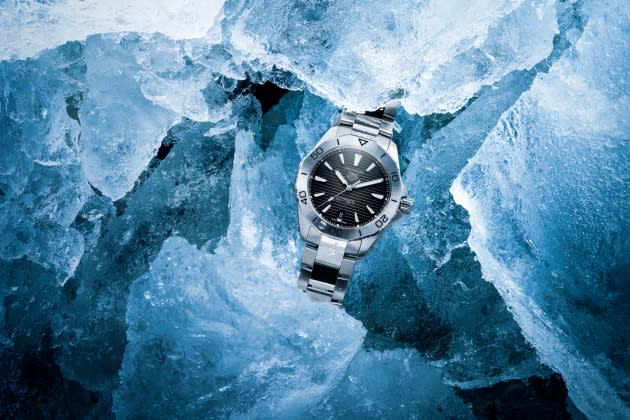High-end Timepieces Continue to Drive Swiss Watch Exports

PARIS — Demand for Swiss watches shows no sign of abating, as exports grew 8.3 percent in July to 2.2 billion Swiss francs, or $2.3 billion, the Federation of the Swiss Watch Industry said Thursday.
High-end watches accounted for 95 percent of the month’s export turnover, growing nearly 11 percent both in value and the number of items, the group noted.
More from WWD
Bernstein analyst Luca Solca cautioned that while high-end demand continued to be strong, any slowdown would impact retailers first, as watch export figures primarily reflected wholesale business.
Growth in July was driven by steel watches, which represented 40 percent of exports in value, with volumes also gaining 7.1 percent.
The smaller “other materials” category also contributed to this growth, surging forward 54.1 percent in value and recording a 17.7 percent increase in volume.
While the “other metals” grew 34 percent in value, volume fell 23.6 percent, contributing to an overall decrease of 2.7 percent of the number of exported timepieces in July.
The mid-market segment of watches between 200 and 500 Swiss francs saw another decrease.
The group reported a 26.7 percent slump in volume in that price category. Along with the 29.2 percent decrease in value, the segment continued the downward trend “that has persisted almost uninterrupted since early 2020.”
As in June, Europe continued its recovery, growing 8 percent overall, driven by its main markets, with Italy and Germany growing strongest at 31.1 percent and 12.6 percent respectively. France and the U.K. also showed double-digit growth, as tourist levels remain high across the continent.
The U.S. continued to have momentum, although its 13.5 percent growth showed that this market, which had benefited from excess product that couldn’t to be delivered to China, is slowing down.
In Asia, a contrasted picture persisted with one notable change: China’s return to growth, with an 18.4 percent surge, after a second quarter heavily impacted by continued COVID-19 closures.
Hong Kong, on the other hand, did not improve and Korea continued to slump, recording a 13.8 percent contraction. Japan showed a 1.4 percent decrease, which the Swiss group described as a “temporary slowdown.”
Sign up for WWD's Newsletter. For the latest news, follow us on Twitter, Facebook, and Instagram.
